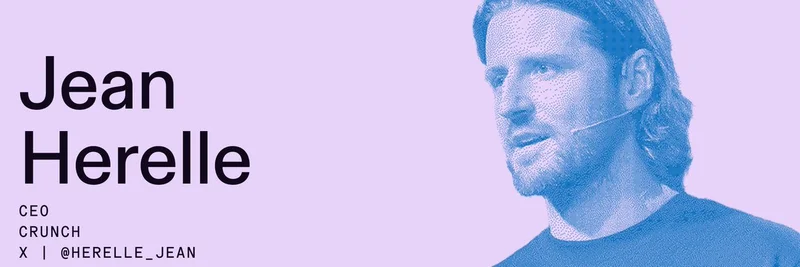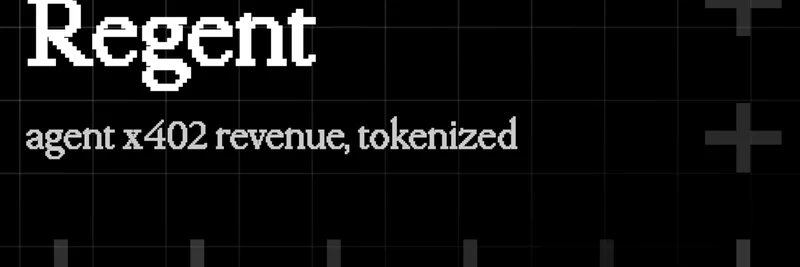Hey there, crypto enthusiasts! If you’ve been scrolling through X lately, you might have stumbled upon an intriguing tweet by Dean Little (@deanmlittle) on July 3, 2025. The tweet simply states, "It should be permissionless to participate in any part of the stack," quoting a post by Toly (@aeyakovenko). This short but powerful statement has sparked conversations about the future of blockchain technology, especially in the context of decentralization. Let’s dive into what this means, why it matters, and how it could shape the world of meme tokens and beyond!
What Does "Permissionless Participation" Mean?
First things first—let’s break it down. In the blockchain world, "permissionless" refers to a system where anyone can join and participate without needing approval from a central authority. Think of it like an open party where everyone’s invited—no guest list required! The "stack" here refers to the layers of technology that make up a blockchain network, from the base layer (like Ethereum or Solana) to the applications built on top.
When Dean says it should be permissionless to participate in any part of the stack, he’s advocating for a fully open system. This means anyone can run a node, validate transactions, or even build on the network without barriers. It’s a core principle of decentralized networks, ensuring no single entity—like a company or government—controls who gets to play.
Why This Matters for Blockchain
So, why is this idea a big deal? Well, permissionless participation is the backbone of decentralization, a buzzword you’ve probably heard a lot if you’re into crypto. A decentralized network, like the one described in this guide on permissioned vs. permissionless blockchains, spreads power across many participants rather than concentrating it in one place. This reduces the risk of censorship, manipulation, or shutdowns—pretty cool, right?
For example, if you’re into meme tokens (and hey, you’re on meme-insider.com, so we know you might be!), permissionless participation means anyone can launch a token like $DOGE or $SHIB without needing a middleman. It democratizes innovation, letting creators and developers experiment freely. But it also comes with challenges, like potential spam or scams, which we’ll touch on later.
The Context from Toly’s Original Post
Dean’s tweet quotes Toly, a prominent figure in the Solana ecosystem, who said on July 2, 2025, "It should be permissionless to participate in any part of the stack, and hardware and network improvements should make it cheaper to participate." Toly’s addition about hardware and network upgrades is key. As technology gets better—faster chips, better internet—the cost of running a node or joining a network drops. This makes permissionless systems more accessible, leveling the playing field for everyone from hobbyists to big players.
This idea ties into ongoing discussions about scaling blockchain networks. For instance, Ethereum’s upgrades aim to handle more users and lower fees, aligning with the vision of a cheaper, more inclusive stack.
The Debate Around Permissionless Systems
Not everyone agrees that permissionless participation is always the best approach. In the replies to Dean’s tweet, some users jokingly push back. One user, @dumpjeet, quipped, "You need permission to participate on my stack…"—a playful nod to the idea that not all systems need to be wide open. Others, like @thetonymoontana, shared links to projects, hinting at diverse opinions in the community.
On the flip side, permissionless systems can face issues like network congestion or malicious actors. Toly himself later added, "Hardware must increase capacity so economic barriers to spam are lowered with hardware progress." This suggests that while openness is ideal, it needs to be balanced with practical solutions to keep the network secure and efficient.
How This Impacts Meme Tokens
Since you’re here on meme-insider.com, let’s connect this to the meme token world! Permissionless participation fuels the wild, creative energy of meme coins. Take Solana’s recent buzz—a tweet from @CryptoCurb on July 3, 2025, highlighted a $SOL staking ETF launch driving record demand. This kind of innovation thrives in a permissionless environment where anyone can stake, trade, or launch a token like $AABL (mentioned in another thread).
However, it also means the market can get crowded with jokey tokens or pumps. The key is verifiability—ensuring transactions and projects are legit—which ties back to the broader discussion of trustless systems in blockchain.
The Future of the Stack
Looking ahead, the push for permissionless participation could lead to a more inclusive Web3. As hardware improves and networks scale, we might see more people joining the stack—not just as users but as builders. This could mean a boom in decentralized apps (dApps) and meme token projects, all fueled by a community-driven ethos.
But it’s not all smooth sailing. The community will need to tackle spam, security, and governance challenges. Projects like Solana and Ethereum are already working on this, and the conversation on X shows it’s a hot topic among practitioners.
Wrapping Up
Dean’s tweet about permissionless participation in the blockchain stack is more than just a soundbite—it’s a glimpse into the future of decentralized tech. It’s about openness, accessibility, and empowering everyone to join the crypto revolution. Whether you’re a meme token fan or a blockchain newbie, this idea could shape how you interact with the space.
What do you think? Should every part of the stack be permissionless, or is some control needed? Drop your thoughts in the comments, and stay tuned to meme-insider.com for more insights into the wild world of crypto!



